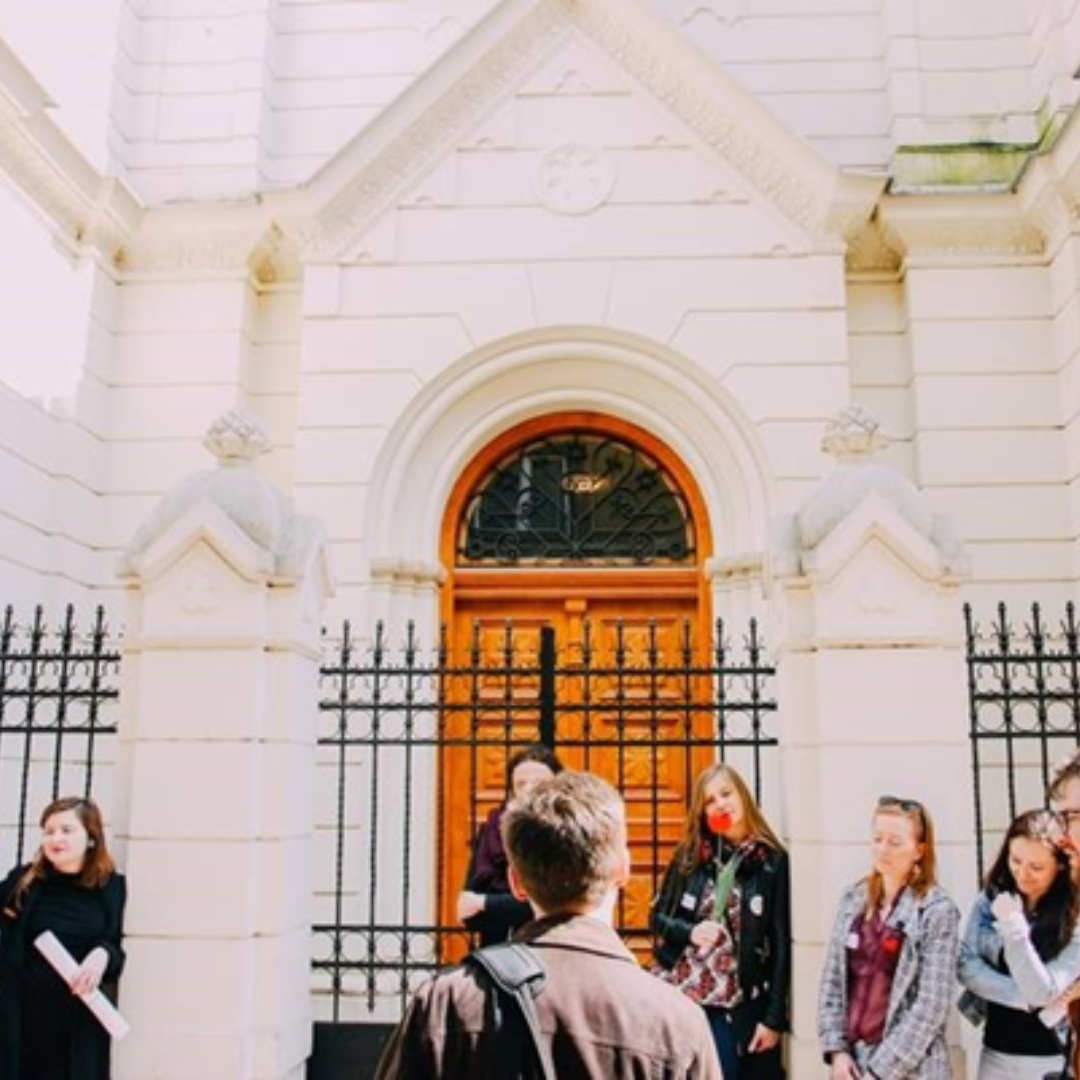In 2019, Singapore commemorated its bicentennial and the 200th anniversary of the arrival of Sir Stamford Raffles to its shores. The innovative approach to addressing the statue of Raffles and the state’s narrative regarding his legacy sets this case apart from other colonial-era figures around the globe. Singapore’s historical narrative on Raffles reflects the state’s role in crafting a coherent, resilient, and adaptable narrative that suits its nation-building agenda. This paper traces the evolution of this narrative, from the state’s choice of Raffles and 1819 as the starting point of modern Singapore, to its recent shift towards recognising the island’s pre-1819 history as well without overtly contradicting its previous position regarding the role of Raffles. This case study is useful for understanding the role of the state in determining national discourse on colonial histories, and unearthing how investigating silences can be as enriching as tracing visible contestations.
To see the full case study click here.

The European Experience: A Multi-Perspective History of Modern Europe, 1500-2000
The European Experience: A Multi-Perspective History of Modern Europe, […]

RETOPEA- A project to promote religious peace and tolerance through history
God is back! Although we live in a largely secular […]

IT Learning Environments in Estonia

Recommendations on the Development of Cross-Border History Education Resources

Historical workshops in the public space: the case of Košice
